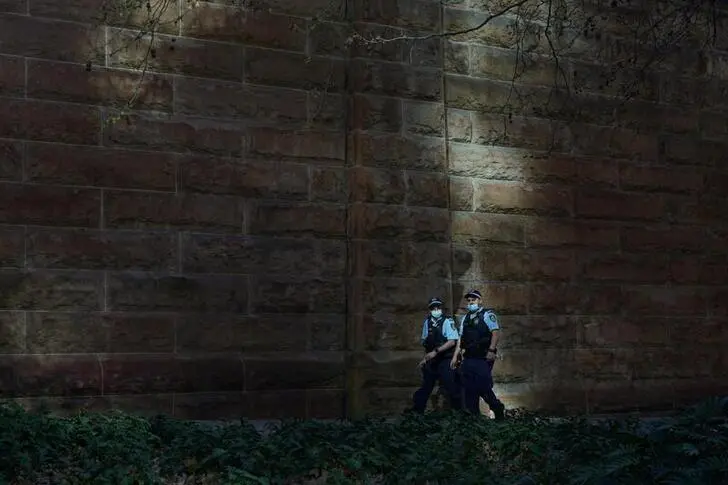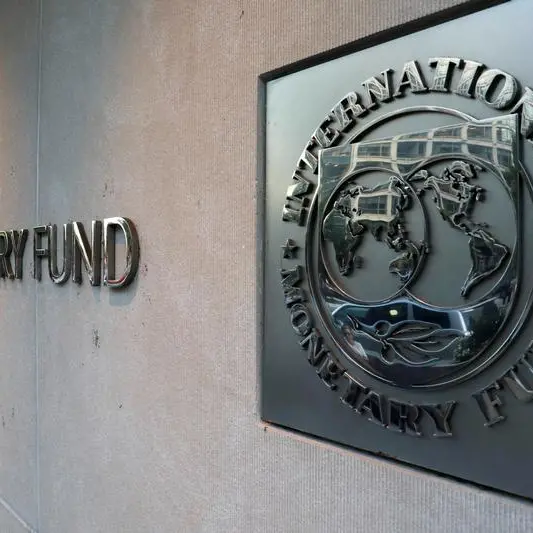PHOTO
Australia’s latest COVID-19 outbreak illustrates that no country is exempt from the effects of the fast-spreading global pathogen. After 13 months, Canberra, the Australian capital, is back in lockdown. According to Canberra authorities, the current outbreak is the most serious risk to public safety in the Australia Capital Territory since the start of the pandemic.
Australia is, in a sense, a petri dish for pathogen management. The country’s approach, which was widely lauded last year, is facing severe problems. Prime Minister Scott Morrison is treating the ongoing outbreak with extra vigor by using lockdowns as a major tool to stop pathogen spread. In July, he introduced a four-phase opening-up plan, beginning with “vaccinate, prepare and pilot” to minimize community transmission. These four phases were complicated by the designation of eligible individuals. At the same time, an anti-vaccination movement rose to challenge the government’s decisions. Morrison’s plan relied on test, trace and isolate capabilities that have increasingly become seen as ineffective.
Unfortunately, Australia is now facing its biggest challenge. The government has announced its strictest lockdown measures after recording a jump in infections — the worst since the outbreak began. The highly communicable delta-plus variant has also jumped from this Australian outbreak to New Zealand in a case that illustrates just how aggressive it is, even with the best of government intentions.
Australia’s third wave of COVID-19 infections, which is centered on Sydney, has forced more than half the country’s population of nearly 26 million into lockdown and pushed it to the edge of recession. The longer the disease continues, the harder it will be for Australia to recover. Sydney’s lockdown, which has been extended until the end of September, includes new restrictions such as a curfew, the requirement to wear a mask when outside, and limits on exercise.
Sydney is linking health officials with the police in order to improve enforcement. With only about 28 percent of people aged over 16 fully vaccinated, Australia failed to contain the Sydney outbreak, showing that population density and vaccination rates matter.
Two areas where the Australian government is facing issues are vaccine skeptics and the built-in inequality that affects the country’s Aboriginal population. Alongside certain segments of the population being against vaccines, there are also church groups telling people not to get vaccinated. They take this message to remote areas, where they have a strong influence. Their messages tend to create confusion, especially among Aborigines.
The situation is having a dire effect on people’s mental health. Suicide prevention helpline Lifeline Australia has reported a 40 percent rise in calls compared with pre-pandemic times. Anger, anxiety, stress and pressure are all becoming more acute. Australia is undoubtedly not unique in suffering from this phenomenon.
The government is discovering that lockdown strategies that previously worked to eliminate community transmissions are now failing to contain the spread of the delta-plus variant, especially as citizens are growing increasingly frustrated with stay-at-home restrictions — and understandably so. Unfortunately, there is no easy answer for Australia.
Officials are now pushing the message that “everyone will have to learn to live with delta” — a refrain that is growing in many countries around the world where the infection rate is outpacing vaccination efforts. This environment creates a situation where the necessary fix is coexistence with the pathogen. This attitude is seen by some Australian figures as the government abandoning attempts to eliminate the virus by changing the message.
A major factor in Australia’s petri dish is the virus’ spread among unvaccinated children. In the absence of an approved vaccine for children in Australia, the outbreak in New South Wales and Victoria is being rapidly spread among children and teenagers. This is also not unique to Australia, but it exemplifies the requirement that vaccination for children is key during such phases of the pandemic.
Overall, the lessons learned from how Australia did not foresee this vaccination requirement in its planning model will be useful for other countries. Examining Morrison’s lockdown strategy and its impact on the country’s economy and population may well provide unique insights for potential application in other countries. Efficiency in the publication of the results of the Australian mitigation program may offer important examples of vaccination programs and their delivery systems. Investigating how Australia’s delta-plus outbreak was able to jump to New Zealand will also enable us to understand how this pathogen continues to wreak havoc.
- Dr. Theodore Karasik is a senior adviser to Gulf State Analytics in Washington, D.C. Twitter: @tkarasik
Copyright: Arab News © 2021 All rights reserved. Provided by SyndiGate Media Inc. (Syndigate.info).












